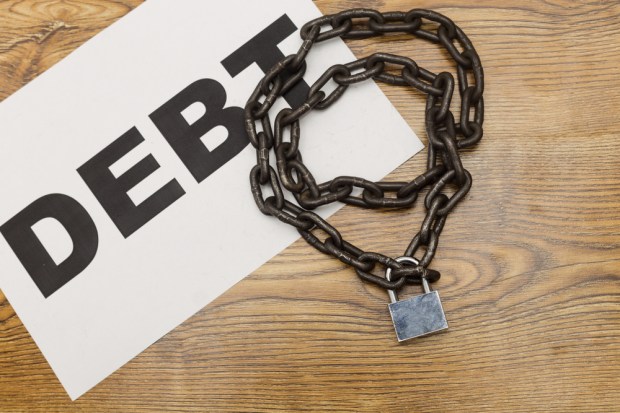US Household Debt Spikes In Q4 2017

Thanks in part to a rising number of mortgage loans, the debt levels of Americans increased during the last three months of 2017.
Reuters, citing the Federal Reserve Bank of New York, reported that household debt for the U.S. hit $13.15 trillion in the fourth quarter ending in December, which is a $193 billion increase from the third quarter. On a year-over-year basis, the household debt of Americans was $402 billion higher than the fourth quarter of 2016. One bright spot: the amount of debt that was 90 days or more late declined slightly to 2.3 percent from 2.4 percent.
For November, the Federal Reserve reported that outstanding consumer credit rose by $27.95 billion from the previous month, the largest increase in 16 years. According to Fox Business, economists had expected an $18 billion increase in November. Total outstanding credit had increased by $20.53 billion in October. The latest numbers, which include non-real estate debt, grew at an 8.83 percent seasonally adjusted annual rate, the fastest in more than two years. Revolving outstanding credit, made up primarily of credit cards, increased at a 13.3 percent annual pace in November, while non-revolving outstanding credit, mainly student and auto loans, grew at a 7.2 percent annual pace.
But while consumer credit rose, consumer confidence declined in December, dropping to a score of 122.1 in December – below the 128.1 expected by economists. The index hit 129.5 in November, reaching its highest mark since November of 2000.
“The decline in confidence was fueled by a somewhat less optimistic outlook for business and job prospects in the coming months,” said Lynn Franco, director of economic indicators at The Conference Board. “Despite the decline in confidence, consumers’ expectations remain at historically strong levels, suggesting economic growth will continue well into 2018.”
